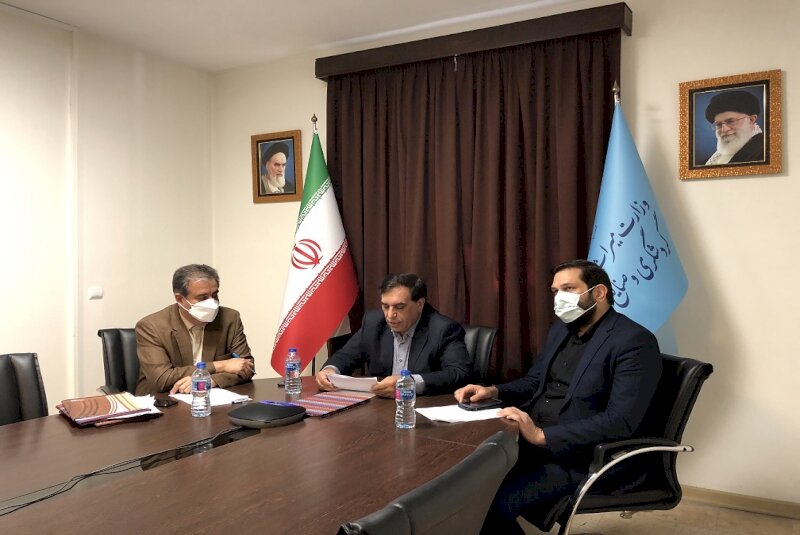Iranian museums welcome cooperation with other SCO members

TEHRAN – Iran encourages cooperation between museums of member states of the Shanghai Cooperation Organization (SCO), Mohammadreza Kargar, the director of museums and historical properties at Iran’s tourism ministry has announced.
He made the remarks during an online meeting of the museums' directors of the member states of the Shanghai Cooperation Organization, which was held online on Thursday in Tula, Russia.
Iran welcomes any kind of museum cooperation with the SCO, and so far, has cooperated with several member states of this organization on exhibitions and research projects, the official explained.
“It would be of great interest to us to work closely with the organization, and we suggest that joint exhibitions be organized in the national museums and/or major museums of each country,” he noted.
In each of these countries, museums, which are the most important institutions of culture, are expected to play an essential role in trade and politics, as well as economic and technological relations, which will affect the development of these countries, he mentioned.
Cultural officials and museum directors from Russia, China, Kirgizstan, Uzbekistan, India, Mongolia, Pakistan, and Belarus also attended the meeting.
As part of the meeting, participants discussed creating future-oriented relationships between museums, implementing joint projects, and exchanging opinions on the creation of museum brands.
Back in September, Iran, which was an observer member of the SCO, was officially admitted as a full member of the Shanghai Cooperation Organization.
Currently, some 800 cultural heritage museums are active across Iran and some three million historical objects are being kept at museums affiliated with the Cultural Heritage, Tourism, and handicrafts Ministry.
Iran is home to one of the world’s oldest continuous major civilizations, embracing settlements dating back to 4000 BC. It also hosts some of the world’s oldest cultural monuments including bazaars, museums, mosques, bridges, bathhouses, madrasas, gardens, rich natural, rural landscapes as well as 26 UNESCO World Heritage sites.
The name of Iran, formerly known as Persia, mostly conjures up the first Persian Empire, ruled by the Achaemenids (ca. 550 – 330 BC) and sites such as Pasargadae and Persepolis. However, there are tens of prehistorical sites as the Burnt City in Sistan-Baluchestan, Tepe Sialk in Kashan, Susa, and Tchogha Zanbil in the Khuzestan province, and Ecbatana in Hamedan which predate the Achaemenid period.
From a wider point of view, Iranian history can be divided into Pre-Islamic and Islamic eras. The Medes unified Iran as a nation and empire in 625 BC. The Islamic conquest of Persia (633–656) that put an end to the mighty Sassanid Empire (224–651) was a turning point in the history of the nation.
ABU/AFM
